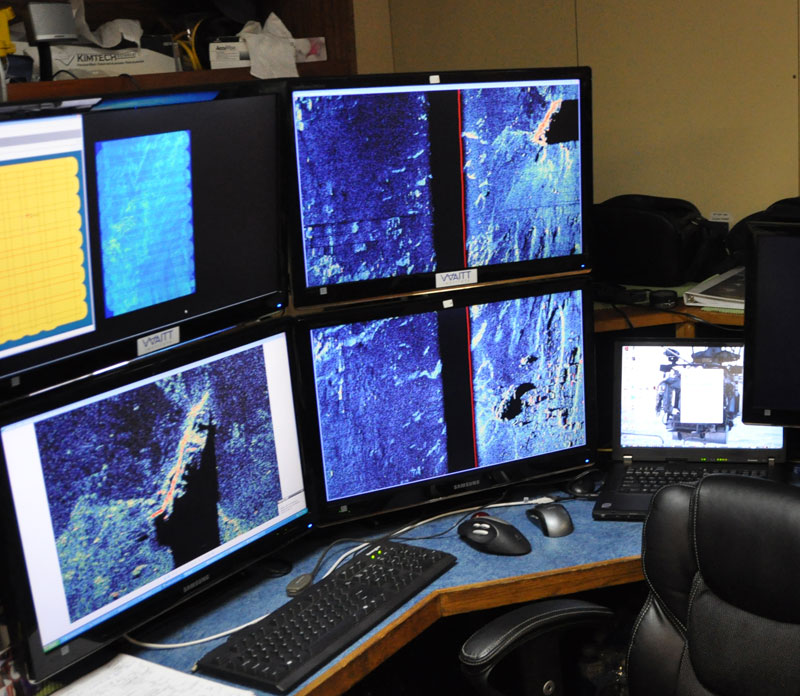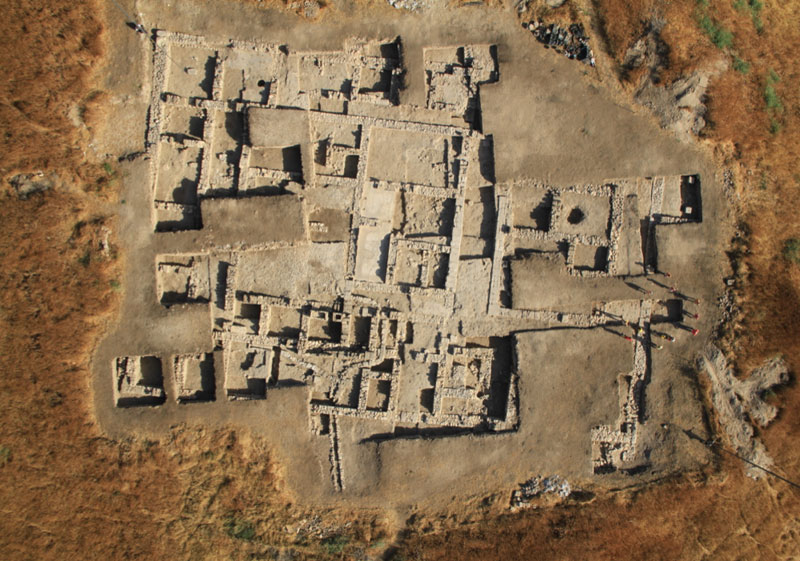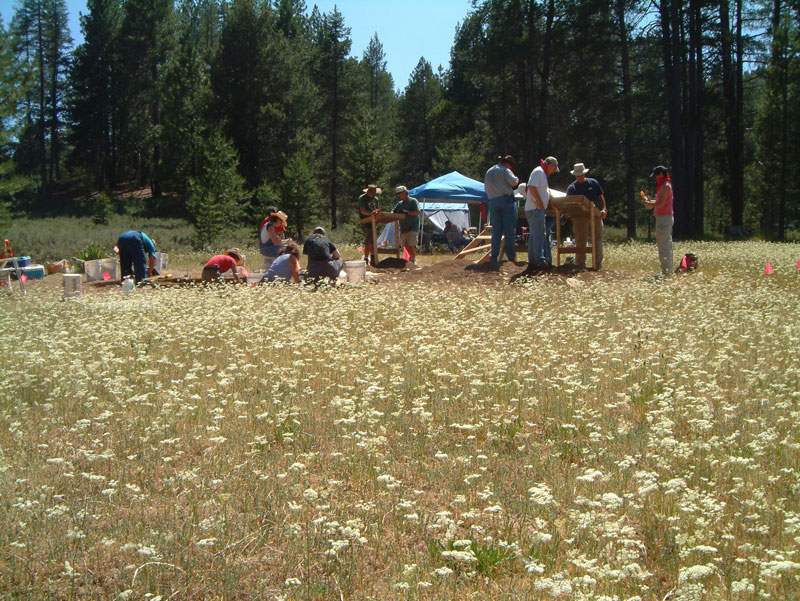
Using a technique for analyzing friction in industrial equipment, a group of French and Turkish scientists have unraveled the process that was used approximately 10,000 years ago to make a highly polished obsidian bracelet. The team examined a bracelet fragment from Aşıklı Höyük in Turkey at different levels of magnification and saw evidence of three stages of production—pecking, grinding, and polishing. Striations on the bracelet indicate that a mechanical device may have been used to achieve its regularized shape and glossy finish. It is the earliest evidence of such a sophisticated stone-working technique.










